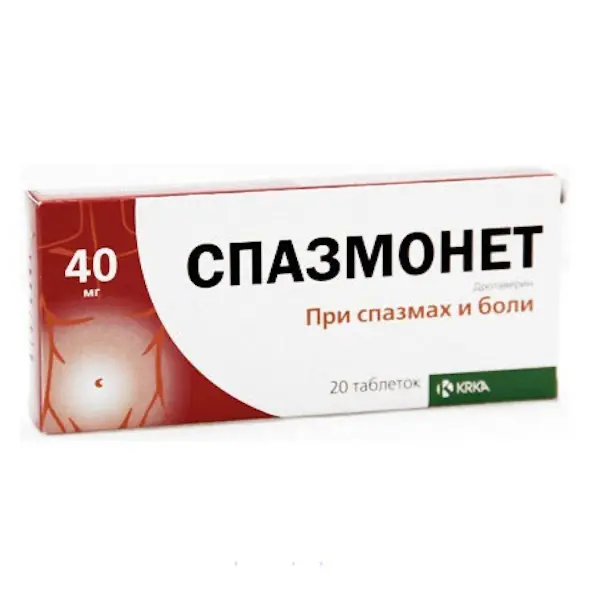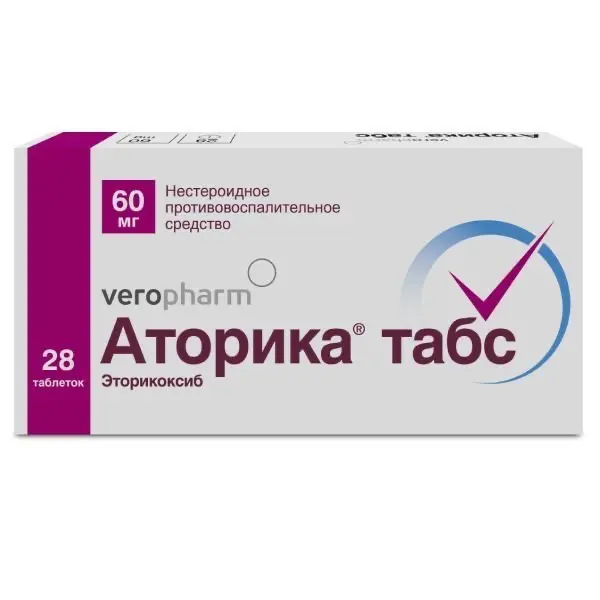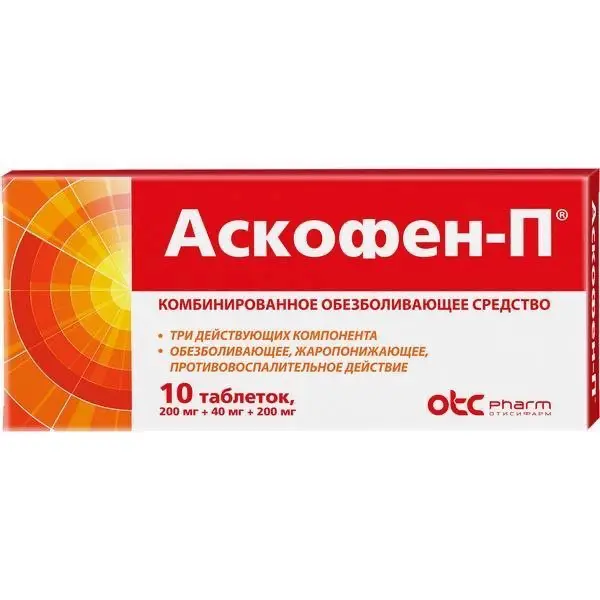Description
Spasmonet Pharmacodynamics
A myotropic antispasmodic, similar in chemical structure and pharmacological properties to papaverine, but with a stronger and longer action. It reduces the flow of calcium ions into the smooth muscle cells. Reduces smooth muscle tone of internal organs and intestinal peristalsis, dilates blood vessels. Does not affect vegetative nervous system, does not penetrate into CNS. Its direct effect on smooth muscles allows to use it as an antispasmodic when drugs from the group of m-cholinoblockers are contraindicated (closed-angle glaucoma, prostatic hyperplasia).
Indications
In spasms and pain syndrome of spastic character, arising from the following conditions:
– Spasm of smooth muscles of internal organs (renal colic, biliary colic, intestinal colic);
– biliary tract and gallbladder dyskinesia of the hyperkinetic type, cholecystitis, postcholecystectomy syndrome, pyelitis;
– spastic constipation, spastic colitis, proctitis, tenesmus;
– pylorospasm, gastroduodenitis, gastric ulcer and duodenal ulcer (in the acute phase, in the complex therapy – to relieve pain syndrome of spastic nature);
– endarteritis;
– Spasm of peripheral, coronary arteries, as well as spasm of cerebral arteries, accompanied by headaches;
– algodysmenorrhea;
– For reduction of uterine excitability during pregnancy (threatened miscarriage, threatened premature birth), uterine cervix spasm during labor, prolonged cervix dilatation, postpartum contractions.
Contraindications
– Severe hepatic insufficiency;
– Severe renal insufficiency;
– Chronic heart failure;
– AV-blockade of degree II and III;
– cardiogenic shock;
– arterial hypotension;
– Hypersensitivity to the drug components.
Spasmone tablets contain lactose, therefore, patients with congenital galactose intolerance, lactase deficiency or glucose-galactose malabsorption should not take the drug.
Caution should be exercised when prescribing the drug in children under 6 years of age and in cases of marked atherosclerosis of coronary arteries, closed-angle glaucoma and prostatic hyperplasia.
Dosage and administration
- In the mouth, with a small amount of liquid.
- Children under 6 years of age are prescribed 10-20 mg 1 to 2 tablets, the maximum daily dose is 120 mg; children aged 6 to 12 years are prescribed 1/2 tablet 2 (20-40 mg), the maximum daily dose is 200 mg; adults and children over 12 years of age are prescribed 1-2 tablets 3 (120-240 mg).





